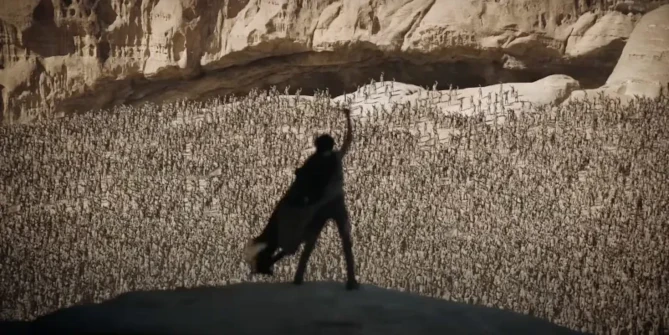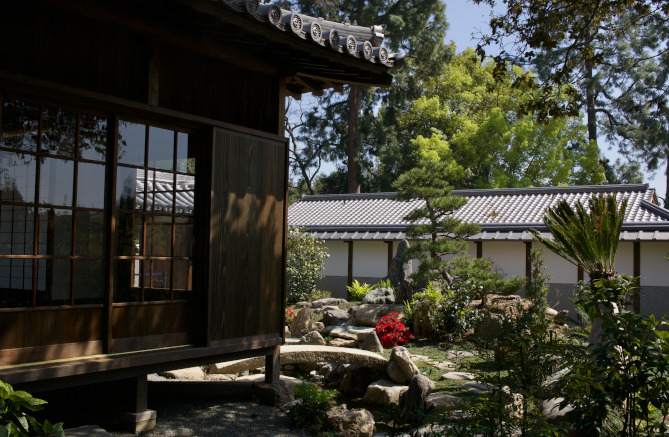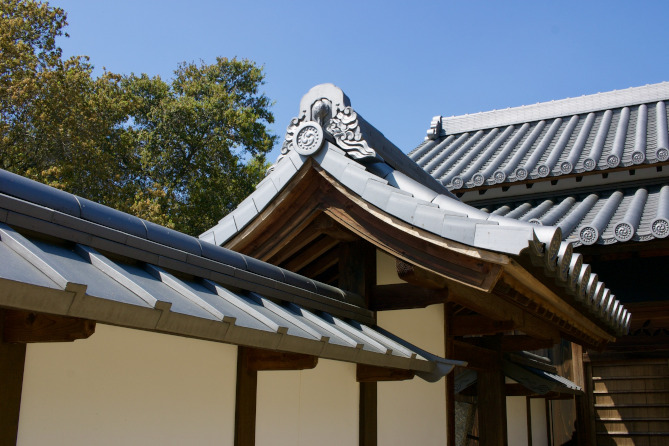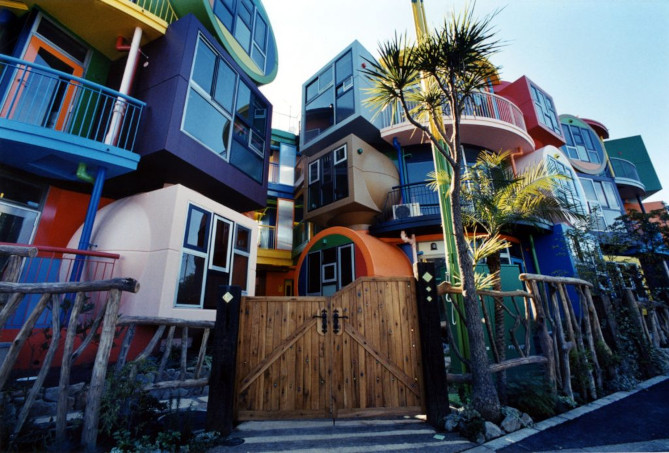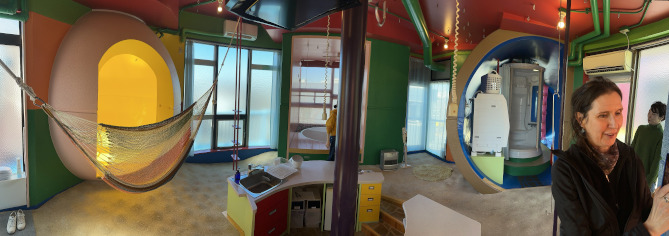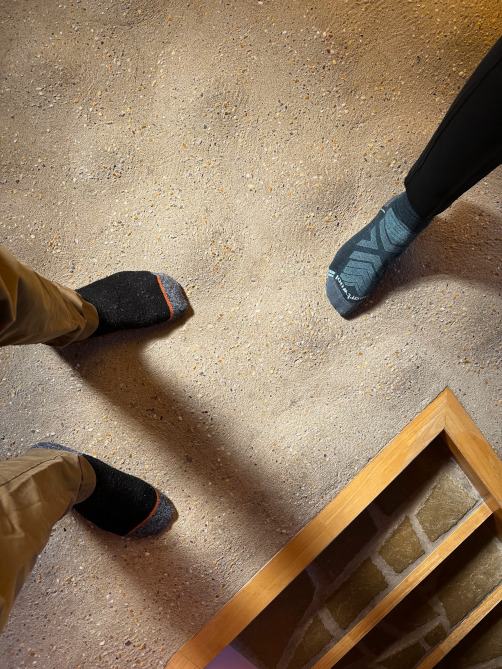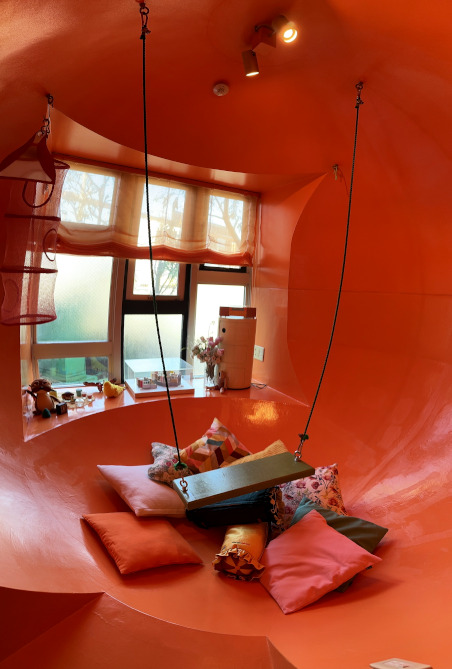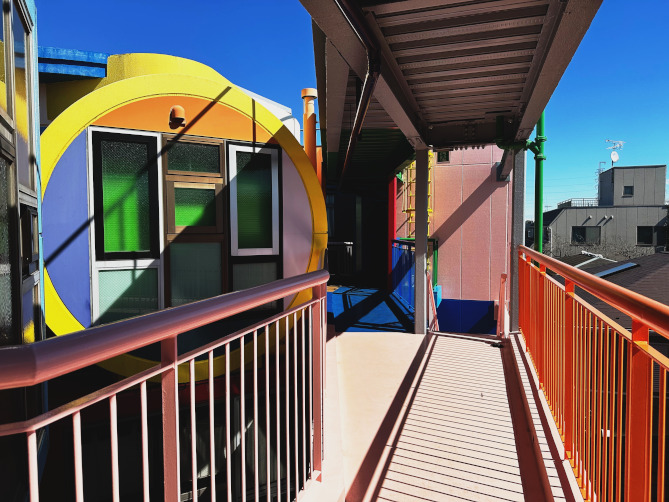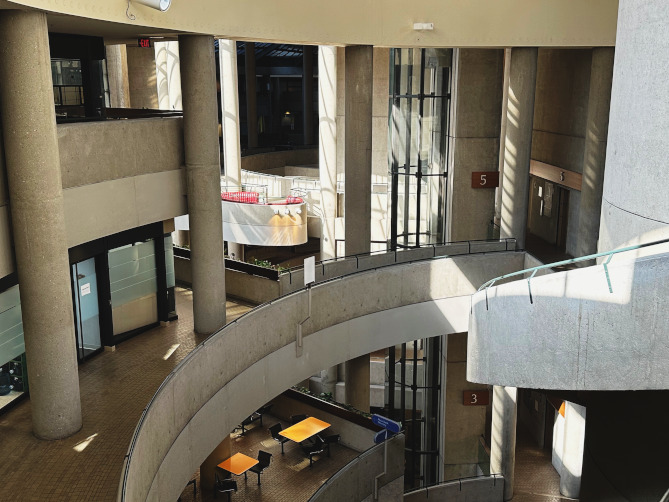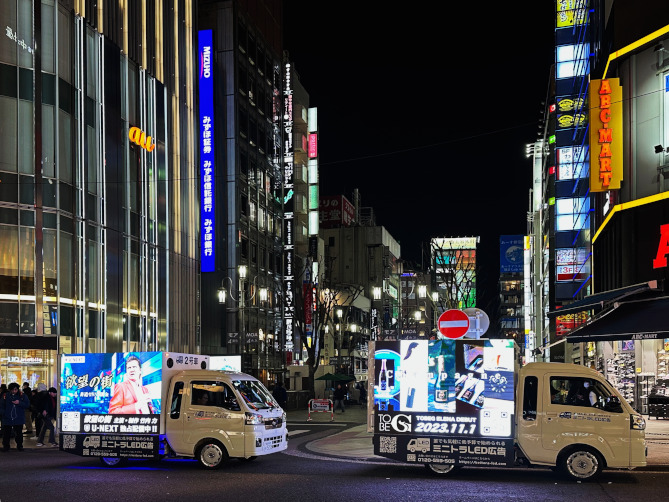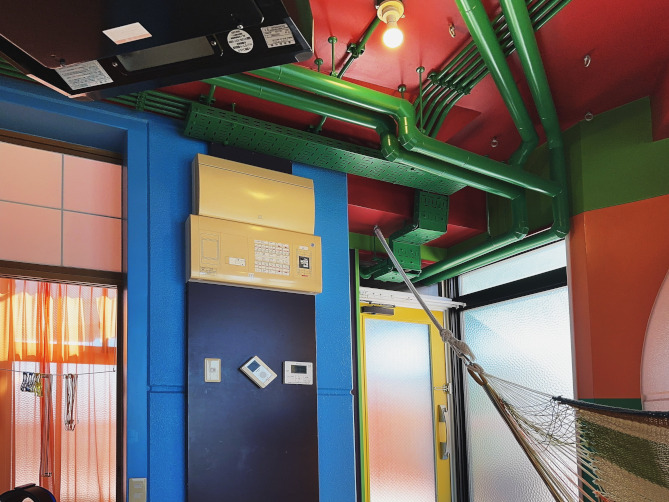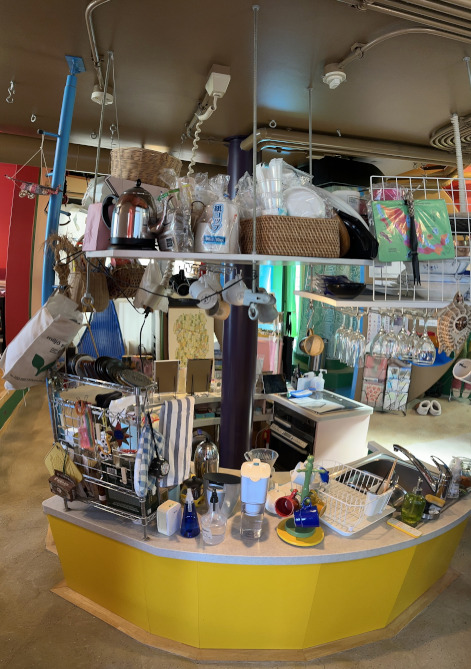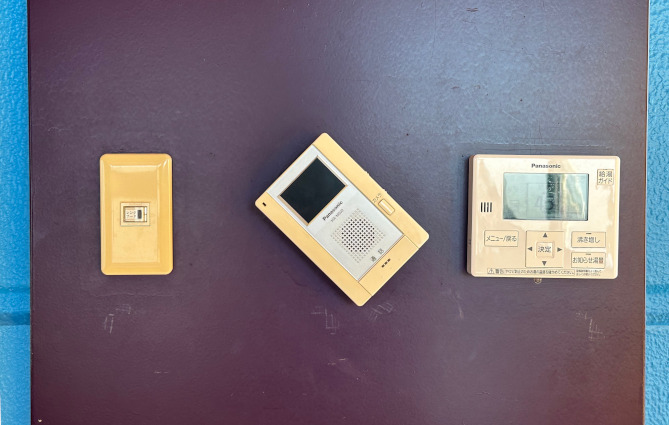
Ray Chan Photo: LA Department of Building and Safety
The TV in the waiting room in the Kaiser ophthalmology department yesterday blared nonstop coverage of Sean “Diddy” Combs’ legal troubles (in between ads for Kaiser, ironically). You wouldn’t know that a far more important legal situation was taking place in the courtroom of U.S. District Judge John F. Walker, where former Los Angeles Deputy Mayor Raymond Chan was on trial for a bribery scandal involving former Councilman José Huizar.
I was in Judge Walker’s courtroom on Monday to hear the last of the prosecution’s witnesses, FBI Special Agent Andrew Civetti testify about the financial details of the scandal as well as some 4,500 missing, and presumed deleted, text messages between Chan, Huizar and real estate consultant George Chiang. Both sides rested and closing arguments took place yesterday.
Chan was on trial for aiding Councilman Huizar’s pay-to-play relationship with a number of billionaire developers as well as, allegedly, benefiting financial from these deals. What made Chan’s trial significant is that Judge Walker made public a full range of salacious details about the scandal that, because Huizar pled guilty, we didn’t get to know about until now. Those details included the Councilman’s Vegas trips, dalliances with prostitutes and many envelopes of cash. To be clear Chan was not part of those Vegas trips but he was alleged to have been a part of Huizar’s financial entanglements with developers. Developers bribed their way into favorable zoning and building arrangements as well as having Huizar grease the wheels with trade unions. For more details on this scandal I’d suggest reading Esotouric LA’s substack (2nd article here).
Unfortunately, the LA Times has been gutted and very few people are paying attention to what’s going on at the local and state levels leaving amateurs like me and a few other activists to go to meetings and attend the occasional court proceeding. The spectator gallery on the day I attended Chan’s trial was mostly empty except for a few FBI agents. You can bet that Diddy’s trial will be standing room only.
I’m hoping to do more writing about LA’s rampant corruption in the months ahead including the upcoming trial of yet another Councilman, Curren Price. If you’re wondering why infrastructure projects are so expensive in the country, why we don’t have more affordable housing, why efforts to deal with homelessness seem to stall, one of the first things I’d look at is rampant corruption at the local level in most cities in America. This corruption cuts across both political parties, by the way, and makes what little money we spend on services outside of the military and police so expensive when compared to other industrialized countries. It’s well past time to turn our attention away from has-been rappers.
UPDATE: Chan was found guilty today according to the Los Angeles Times:
Former Los Angeles Deputy Mayor Raymond Chan was found guilty Wednesday of racketeering, bribery, fraud and giving false statements to investigators in a sprawling corruption case targeting pay-to-play schemes involving developers with business at City Hall.
The federal jury reached the verdict in a matter of hours, finding Chan guilty on 12 of 12 counts. Lawyers for both sides finished their closing arguments on Tuesday afternoon.
Sentencing is scheduled for June 10.
